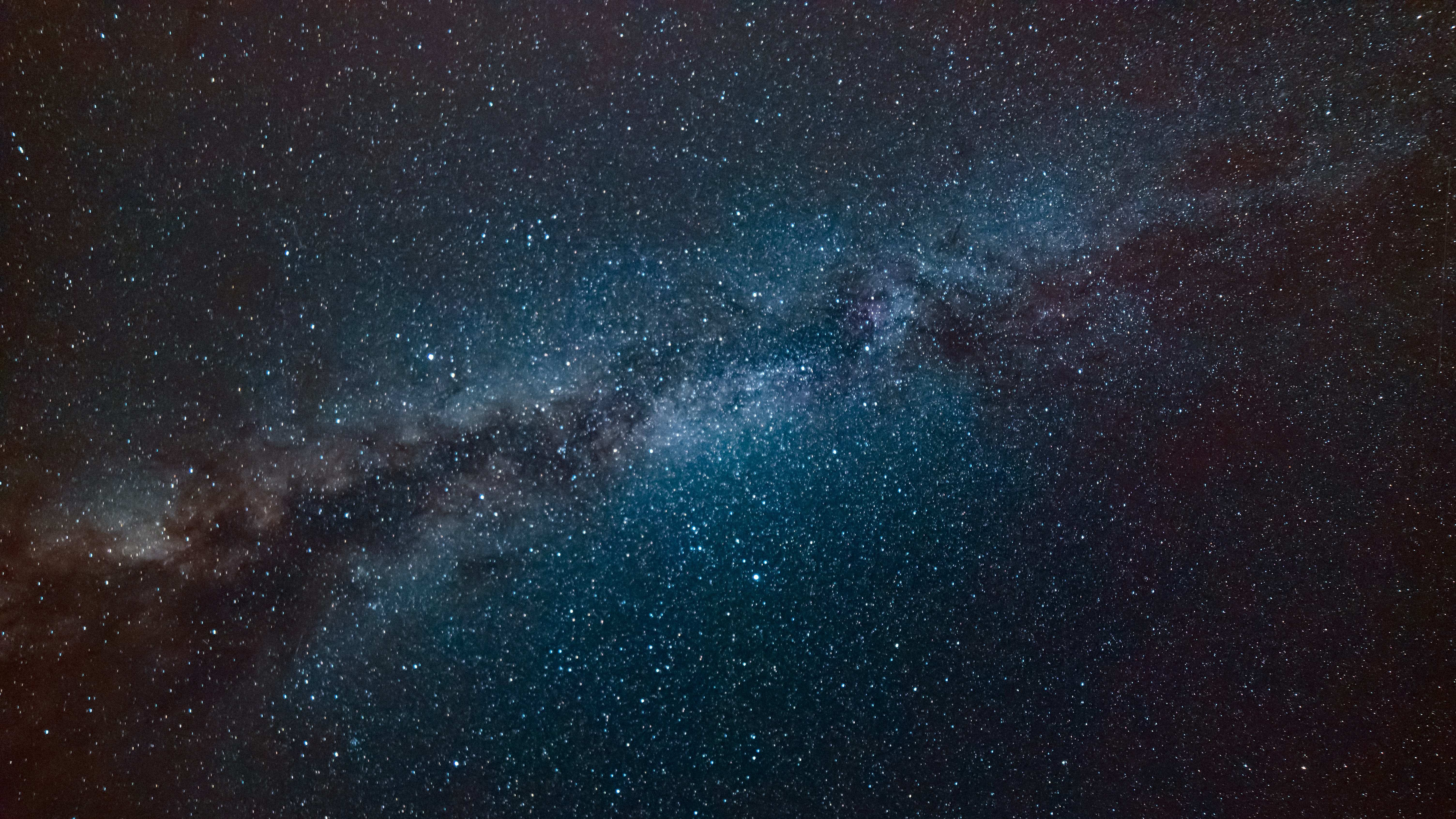Twenty years ago, planets around other stars were solely the realm of science fiction, yet today astronomers know of many hundreds of these so-called Exoplanets.
They have been detected using a variety of ingenious techniques, including measuring the ‘wobble’ of the parent star as it is tugged to and fro by the orbiting planet, and measuring the ‘wink’ in the star’s light output as the planet passes in front of it.
It’s now clear that planets around other stars are ubiquitous – stars are orbited by planets as a rule, rather than the exception. However, these exoplanetary systems are by no means all like our own familiar Solar System.
We know that the Sun is orbited by four close-in, rocky planets (Mercury, Venus, Earth and ars), then there is an asteroid belt containing millions of small rocky bodies.
Further out still are four gas-giants (Jupiter, Saturn, Uranus & Neptune) each accompanied by dozens of rocky moons, and then another region containing millions of icy bodies, known as the Kuiper belt, including the dwarf planet Pluto and many others of similar size.
As far as we know, only one of these planets is habitable (and inhabited). The Earth lies in the Sun’s so-called ‘habitable zone’ – a region of space also known as the ‘Goldilocks zone’ where the temperature is just right for liquid water to exist on the surface of a planet.
Venus is too close to the Sun (and therefore too hot) whilst Mars is too far away (and therefore too cold). Moreover, the Earth is large enough to have held onto its atmosphere (unlike the Moon) and (barring a few catastrophic meteorite impacts over the last few billion years) has remained habitable long enough for intelligent life to develop on its surface.
Many of the first Exoplanets detected around other stars are referred to as ‘hot Jupiters’ – they are of similar size and mass to Jupiter, but in very close orbits, taking just a few days to orbit their parent star. They are certainly not in their stars’ habitable zones, but were the easiest ones to detect.
However, in recent years, as observational techniques become more sensitive to detecting smaller planets in wider orbits around their stars, it’s become clear that small, rocky planets are probably very common indeed.
It’s been estimated that around 30 per cent of Sun-like stars may have Earth-like planets in their habitable zones. At the time of writing, astronomers don’t yet know of any Earth-sized, Earth-mass planets in the habitable zones of Sun-like stars, although it may be only a matter of time until some are found.
Perhaps we do live in the Star Trek universe after all?




Rate and Review
Rate this article
Review this article
Log into OpenLearn to leave reviews and join in the conversation.
Article reviews